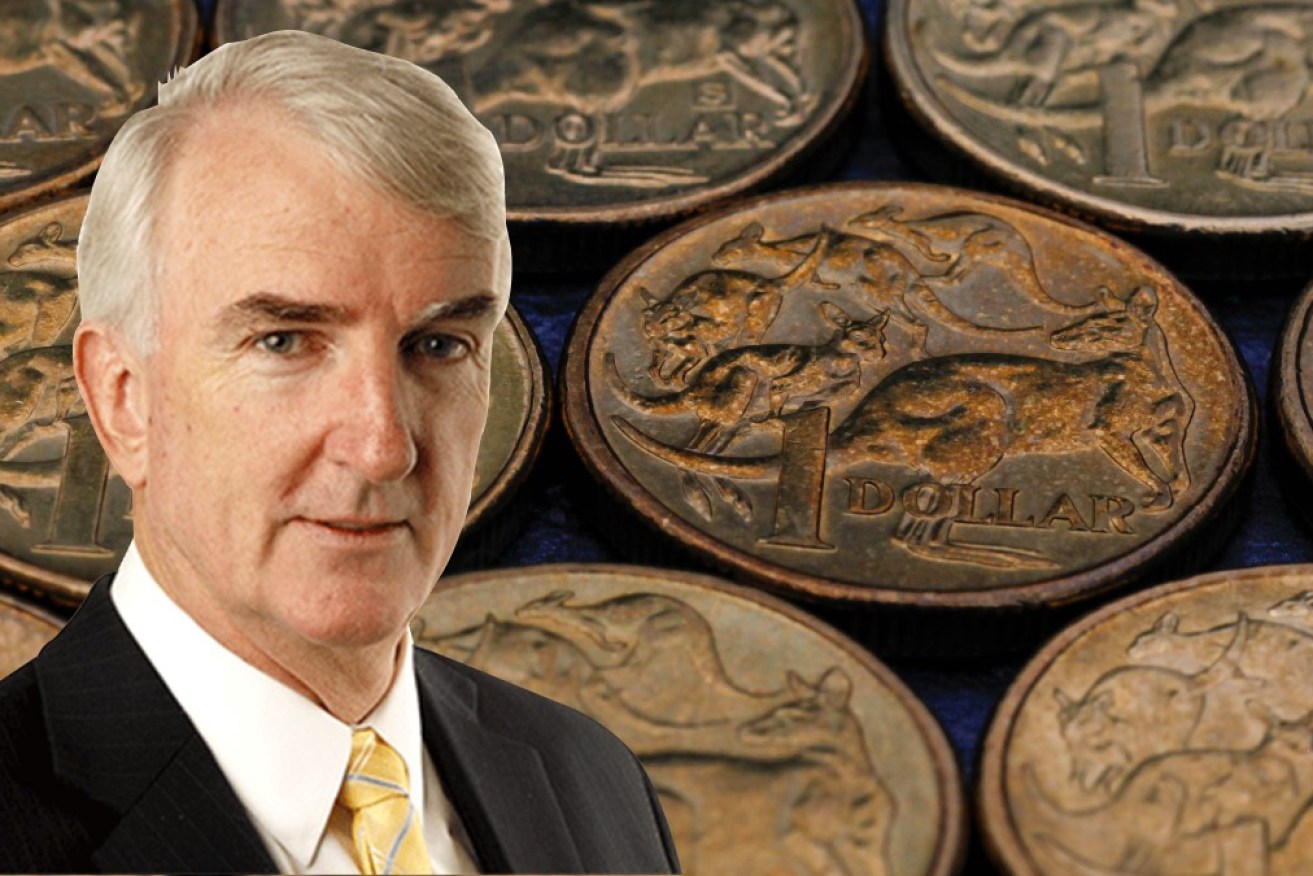Michael Pascoe: Australians surrender wages hopes


Even before the pandemic, wage growth was looking shaky, Michael Pascoe writes.
Australians have effectively surrendered hope of improved living standards, expecting inflation will be much higher than weak growth in their pay packets.
The danger of such expectations is that they can be self-fulfilling. If workers assume any pay increase will be negligible, there’s little pressure on employers to do better than that.
And with the federal government limiting public sector wage increases to private sector movements, it becomes one more brick in the wall of wages suppression and falling living standards, boding ill for economic recovery.
The February Melbourne Institute survey of consumer inflation and wage expectations, released on February 11, showed consumers expect their total pay over the next 12 months to rise by just 0.6 per cent.

Substantial wage growth isn’t on the cards anytime soon.
That’s an improvement on what they thought over the past couple of months, but still miserable. It’s less than half what the Reserve Bank predicts underlying inflation will be this year and about a quarter of what consumers’ own inflation expectations.
It means Australians are accepting their living standards will go backwards. What’s more, consumers reported their total pay had shrunk on average by 0.4 per cent over the past 12 months.
Some 55 per cent reported they had no change in total pay, 24 per cent reported an increase, but the remaining 21 per cent lost more than what the 24 per cent gained.
Pandemic shocks aside, the Melbourne Institute survey’s wages expectations figure has proven to be a quite accurate forecast of what respondents end up reporting 12 months later.
The respondents are not nearly as good at forecasting inflation, predicting much higher levels than eventuate.
“Inflation expectations tend to be higher than inflation because consumers often focus on large or extreme price changes,” Melbourne Institute senior research fellow Dr Sam Tsiaplias explained.
The February survey’s trimmed mean expected inflation rate is 3.7 per cent and the weighted mean 2.3 per cent. The Reserve Bank should be so lucky as to achieve the latter figure.
As the accompanying Melbourne Institute graph shows, consumers were reporting sub-one per cent annual pay gains well before COVID hit, reflecting the weak economy and the several factors bearing down on wages growth.
The survey represents the lived experience of Australians, rather than the composition-adjusted Australian Bureau of Statistics wage price index.
What consumers, employers and most economists overlook is that the after-tax wage rises are worse again. A “total pay” increase of 0.6 per cent for someone on the average or median wage ends up being 0.5 per cent after tax – and that’s keeping it simple, ignoring the eye-watering effective marginal tax rates for those interacting with family tax benefits and social welfare.
And coming up is the scheduled expiry of the government’s low and middle income earner tax offset – a $1080 hit to take-home pay for average workers. I’d bet the majority of respondents to the Melbourne Institute survey were unaware of that – meaning they didn’t realise how much more miserable the outcome of their low expectations will be.

Australians have reported shrinking incomes over the past 12 months. Photo: AAP
This lived experience and the surrendered expectations in part reflect the triumph of government policies to suppress wages.
An optimist might point to the many stories of employers complaining about being unable to find suitable workers. What seems to elude them is that they need to pay more to steal workers from weaker competitors. There’s no sign of that in any wages statistics.
What is theoretically supposed to happen now is that stronger enterprises bid up wages and take quality staff from weaker enterprises, which either go broke or are forced to become more efficient. It should force both strong and weak businesses to invest more in training talent.
That scenario is unpalatable to both strong and weak businesses.
Hence the constant lobbying of government to get temporary work visas going again and reduce welfare to force unemployed and underemployed people to be compliant, never mind 100 per cent effective tax rates.
Pick up an Australian Financial Review and it’s not hard to find first paragraphs like this one: “Job seekers taking advantage of the welfare system and foreign workers restricted from rolling over their visas have created major difficulties for employers desperate to hire workers.”
Neither Treasury or the RBA expect increases in real, after-tax wages in the vaguely foreseeable future. That means the consumption rebound the government is banking on will be short-lived.
As for the rhetoric of the Prime Minister and Treasurer about business investment leading the way, this is what the RBA’s statement on monetary policy said on Friday:
Non-mining business investment is forecast to increase gradually off a very low base over the first half of 2021 and return to pre-pandemic levels by the end of 2022.”
To be clear, “returning to pre-pandemic levels” mean business investment will be weak at the end of next year, as it was before the ‘Rona rolled through.
By their own wages experience and expectations, it seems consumers instinctively know.









